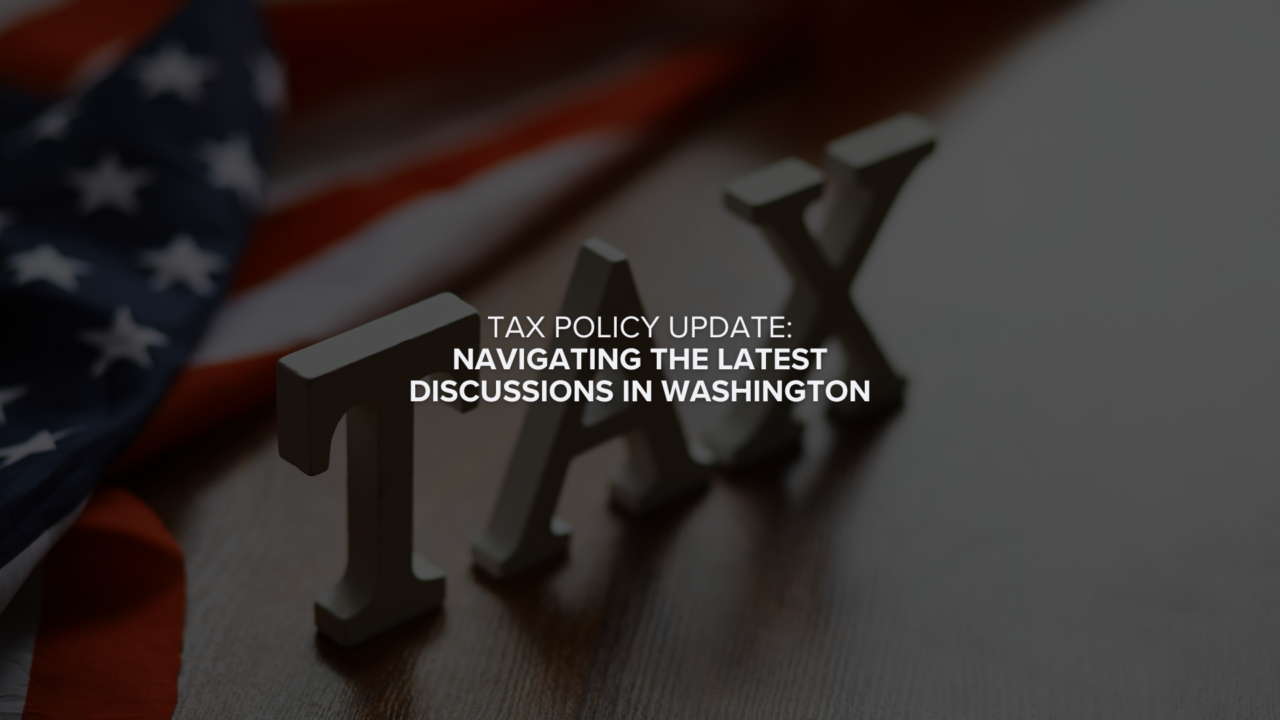Filing a tax extension can provide much-needed breathing room during tax season. However, it’s essential to understand what comes next to avoid penalties and stay on track. Here’s a step-by-step guide to help you navigate the extension process.
1. Understand What an Extension Means
Filing an extension (Form 4868) gives you extra time to file your tax return—typically until October 15. However, it does not grant you more time to pay taxes owed. Any taxes due must still be paid by the original filing deadline (usually April 15) to avoid interest and penalties.
2. Confirm Your Extension Was Approved
After filing Form 4868, ensure the IRS accepted your request. If you e-filed, you should receive confirmation within 48 hours. Paper filers can expect a mailed notice. If you haven’t received confirmation, contact the IRS promptly.
3. Estimate and Pay Taxes Owed
If you anticipate owing taxes, calculate the amount due as accurately as possible. You can pay electronically via the IRS Direct Pay tool, debit/credit card, or by mailing a check with your extension form. Failure to pay at least 90% of your owed taxes can result in penalties and interest.
4. Gather Necessary Documents
Use the extension period wisely to collect all required documents, such as:
- W-2s and 1099s (income statements)
- Receipts for deductions (e.g., charitable donations, medical expenses)
- Investment records (e.g., Form 1099-B)
5. File Before the Extended Deadline
File your tax return on or before October 15. Filing after this date without an approved second extension may lead to late-filing penalties. If you’re unsure how to proceed, consider working with a tax professional to ensure accuracy and compliance.
6. Monitor for Refunds or Balances Due
Once your return is filed, check the status of any refunds using the IRS “Where’s My Refund” tool. If you owe additional taxes, pay promptly to minimize late penalties.
Key Takeaways
- Filing an extension delays the filing deadline, not the payment deadline.
- Pay estimated taxes by April 15 to avoid penalties.
- Use the extra time to ensure an accurate and complete tax return.
Being proactive and organized during your extension period can help you avoid unnecessary stress and penalties. If you need assistance, consult a qualified tax professional.
For more information, visit the IRS Extension Guidelines. For personalized advice on your unique financial situation, contact our firm today!
Disclaimer: This article is for informational purposes only and does not constitute legal or financial advice.




